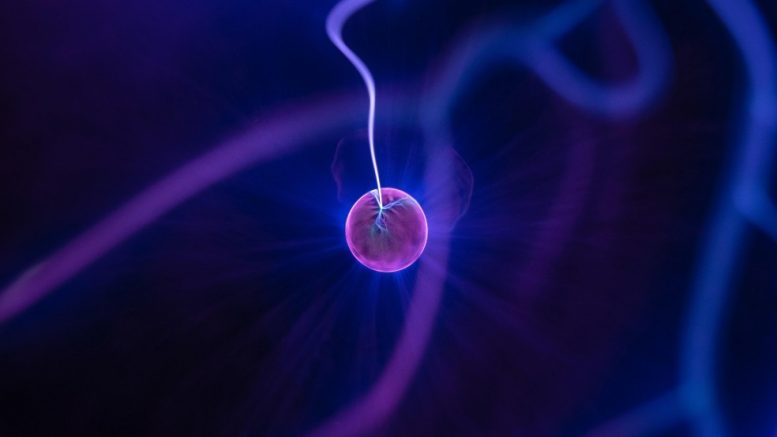Quantum science is one of the most exciting fields of research nowadays. Some might argue it’s the biggest leap in technology and intellectual triumph in human history. In most cases, quantum science is too remote and abstract for most people to make any sense of. In some parts, this is down to the physicists working in this field and the pop-science writers who often refer to abstract ideas when explaining quantum science. Take the dead/alive paradigm of Schrödinger’s cat and Einstein’s objection to God playing dice.
Unexplainable
It was even a pop quiz question for Canadian Prime Minister Justin Trudeau, who was asked for an explanation of the difference between normal and quantum computers in an impromptu press conference. Experts would rate his response not perfect, but quite passable. And it’s not just theory, startups are actually in the business of providing quantum dots to companies and researchers wanting to utilize this groundbreaking tech in their work. Despite the fact that quantum technology is real and already here, why do so many people still struggle with what it is?
Maybe Make It So
Just repeating things are difficult, hard to explain, and can only be grasped by people with PhD-level education at the minimum, which will eventually lead people to believe just that. Making quantum science real for people means connecting it to everyday life. And this might not even be that hard to do as quantum science is all around us already.
The Toaster
A good way to introduce people to quantum theory is by taking everyday objects. Take toasters, for example (you could also take grills or any metal-like object being heated to the point that it glows bright red). It’s a fairly common item in most households and people will use it daily without batting an eyelash. People don’t realize that the bright red glowing heating element is exactly where quantum physics got its start: “why do hot objects glow that specific color of red?”
Photons Before They Were Photons
This observation was made (albeit it not with toasters, but probably in smithing, for example) well in the late 1800s, but they couldn’t make any sense of it back then. If the object could withstand being heated to extreme temperatures (hence metals were an obvious choice, but rocks are also an option), it would always emit the same red color, regardless of composition. This universality really grasped scientists and make them wonder what it was in the material (any material) that caused this behavior. Infrared light and ultraviolet light were discovered in the early 1800s, and Isaac Newton already found a fraction of light in 1672, so scientists were on the track of understanding colors and their relationship to light. The problem was understanding how an object could change from its normal color to bright red all of a sudden under the influence of heat.
That’s Quantum
This is where Max Planck came in who, in 1900, came up with the quantum hypothesis. Different atoms and molecules can emit or absorb energy in discrete quantities only. The smallest amount of energy that can be emitted or absorbed in the form of electromagnetic radiation is known as quantum. This is where quantum as a research field started taking shape. So the next time someone is puzzled by quantum technology and lingo, just point at the toaster and say “that’s quantum technology.”

Be the first to comment on "Understanding Quantum Physics Thanks To… Toasters!"